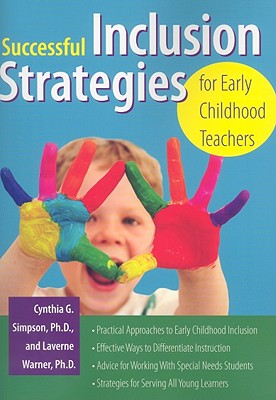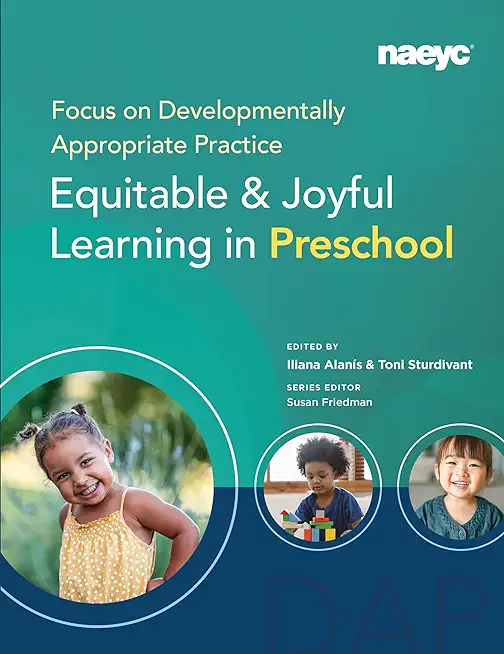
description
sive classrooms, primary and elementary school teachers can use the information included in Successful Inclusion Strategies for Early Childhood Teachers to build a supportive, caring, learner-driven environment that takes into account the needs of all students. Covering topics from incorporating the needs of students with a variety of special needs to working one-on-one with students to modify classroom experiences, this book offers field-tested strategies for teachers in a concise, friendly format. The authors also provide an overview of how special education law affects inclusive classrooms. The book provides multiple vignettes describing special needs most often found in inclusive classrooms, including autism, ADHD, visual and hearing impairments, and developmental delays, as well as suggested tools and strategies for working with these students. A special section on adapting classroom materials provides teachers with guidance for modifying and differentiating their curriculum to encourage learning in children with special needs. This book is a valuable resource for early childhood teachers, administrators, and childcare directors.
member goods
No member items were found under this heading.
Return Policy
All sales are final
Shipping
No special shipping considerations available.
Shipping fees determined at checkout.







